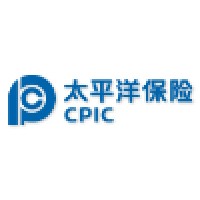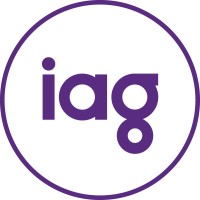
China Pacific Insurance Company
China Pacific Life Insurance Co., Ltd (CPIC Life in short) was formed on the basis of life insurance business of China Pacific Insurance Co., Ltd., which was founded on May 13th 1991, and is held by CPIC Group. The company was incorporated in November 11, 2001, headquartered in Shanghai and registered capital totaling RMB 5.1 billion. In 2008, the premium income of the company reached RMB 66.092 billion, ranking 3rd in China life insurance market with a share of 9.0%, according to data published by CIRC. The company achieved a profit of RMB 2.104 billion this year with net profit of RMB 2.904 million.






